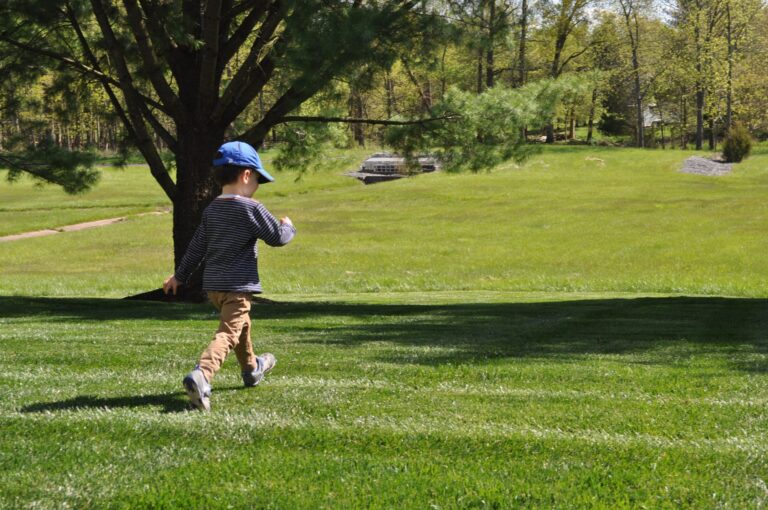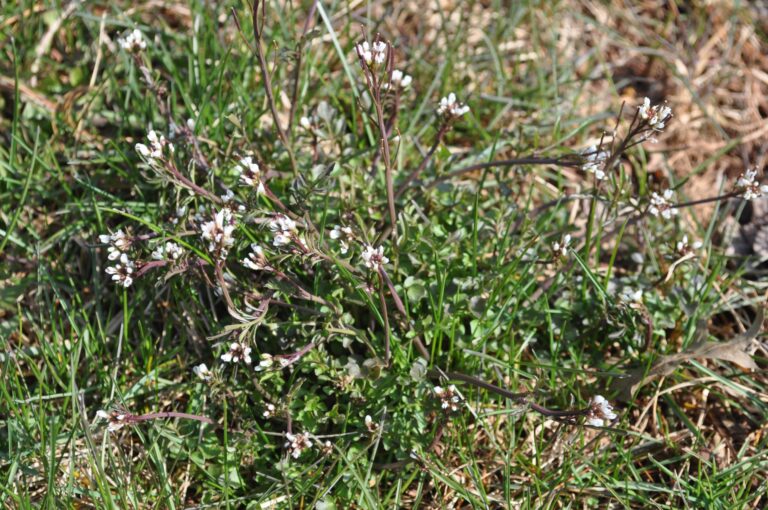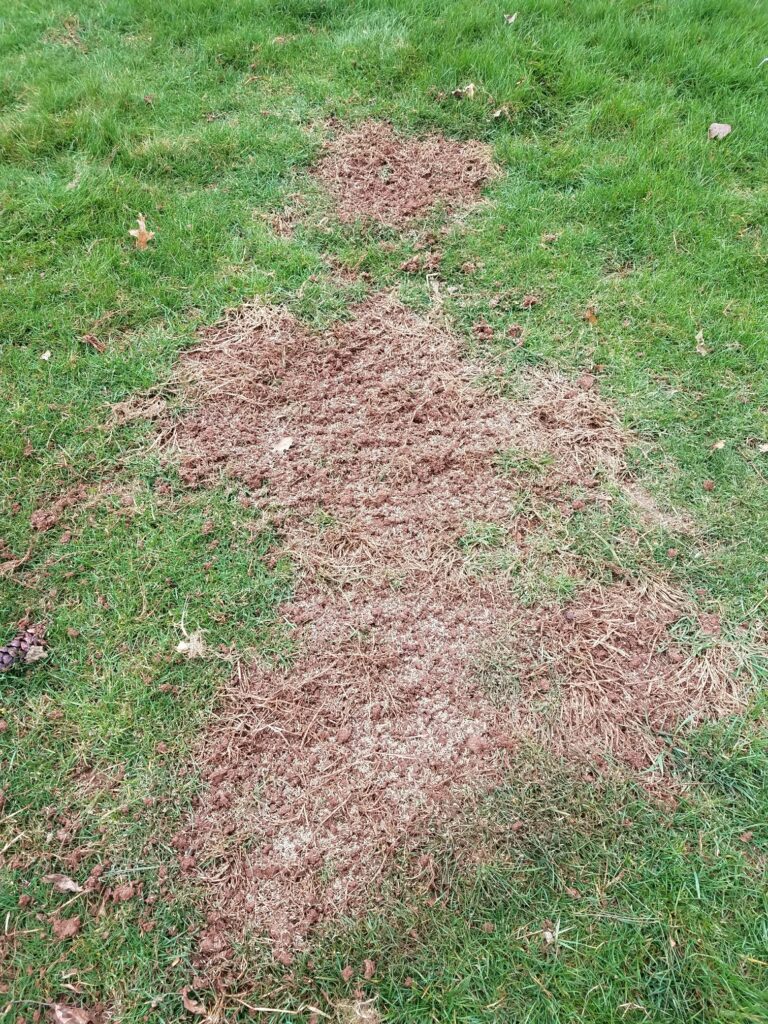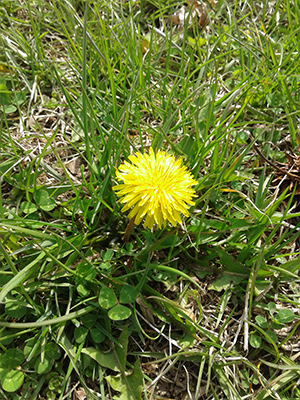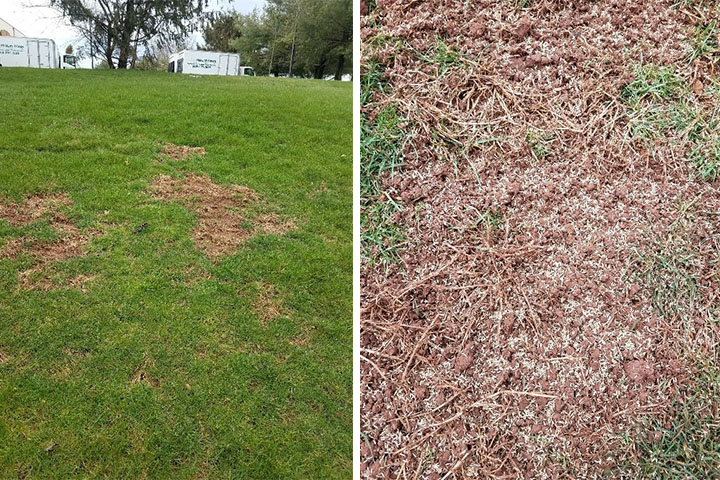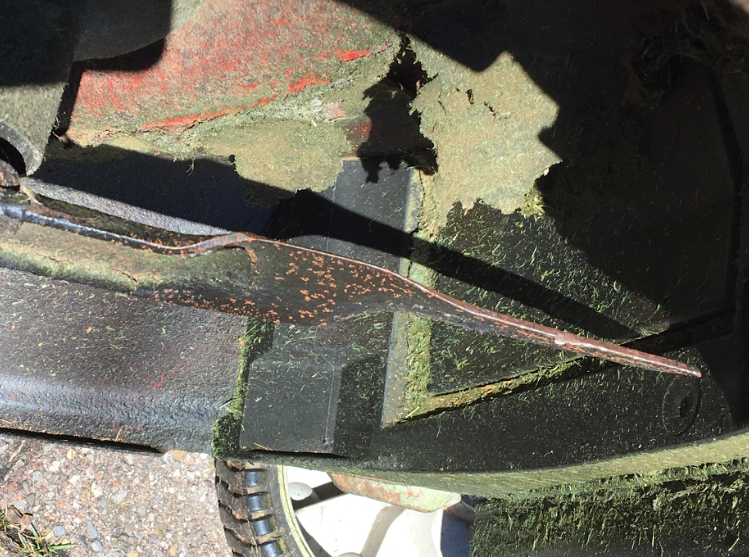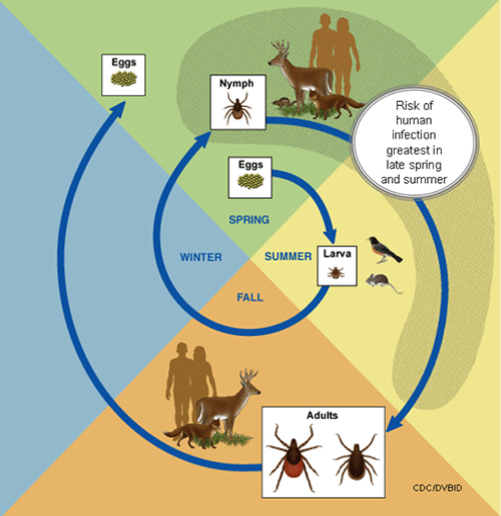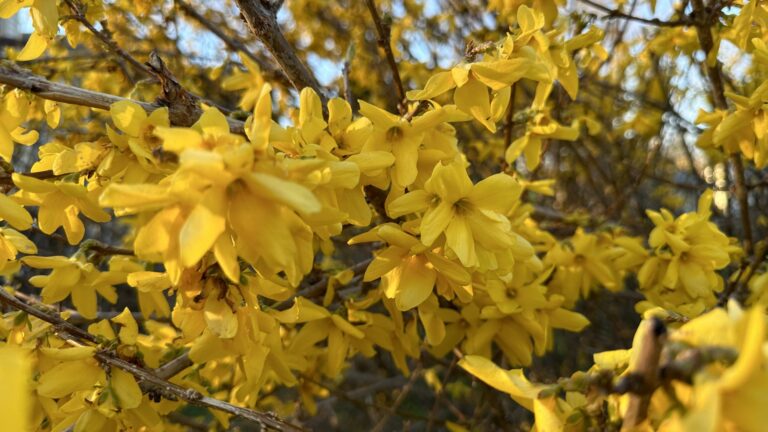
Debunking the Myth: Forsythia Bloom and Crabgrass Preemergence
Introduction: As spring arrives, homeowners and lawn care companies like Fairway Green prepare to combat the annual invasion of crabgrass, a persistent weed that can wreak havoc on lawns. Among the various strategies for controlling crabgrass, a common misconception persists:

